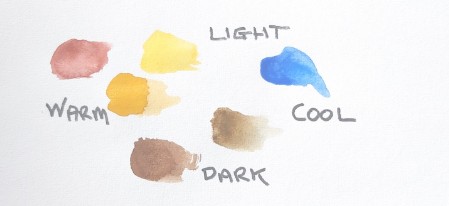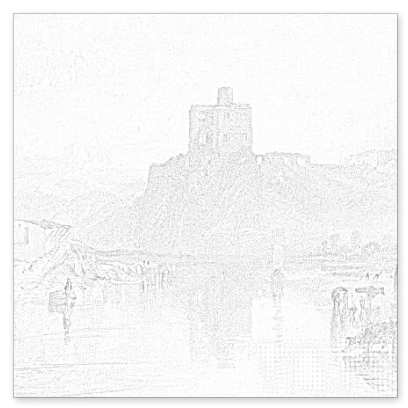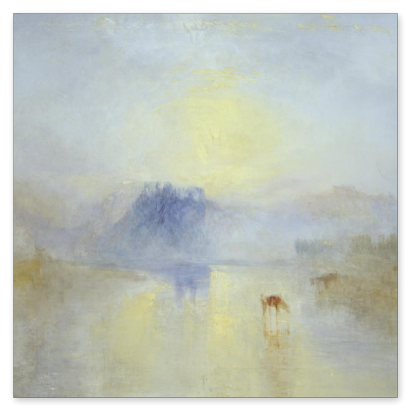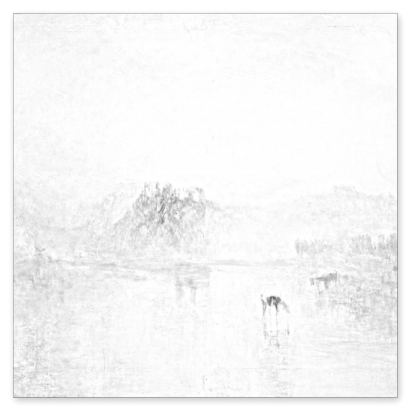The Turner Exercise
I recently discovered this fantastic exercise after visiting the "Turner & Australia" exhibition at Gippsland Gallery in Sale. They had workshops run by Tony Smibert where participants would copy a JMW Turner black and white sketch or etching while viewing the exhibition, then take it back to the studio and paint over it using Turner's typical colour scheme and techniques.
I just had to try it out myself - and wow, what a brilliant exercise.
Tony Simbert AM is a Tasmanian based artist, he has previously demonstrated and run workshops for the Watercolour Society of Victoria. He has extensively rersearched the methods and media used by JMW Turner and is consdered internationally as an expert on Turner's techniques.
In the example here we are closely following the approach in Tony Smibert's book "Turner's Apprentice". It is discussed step by step in the section "Laying Colour over a Turner Drawing". This is a simple and short exercise you can do often just as a warm-up or as a practise to loosen up.
Paper: Think smaller scale, around A5 size, around the same size of Turner's preliminary sketches and colour studies. You can use any paper really, but cartridge or watercolour paper will better suit wet-on-wet washes for the best effect. Tony suggests wetting both sides of your paper so it stays nice and flat on your board. Really helps with the process.
Drawing: Start by making a black and white copy with a soft pencil of a turner sketch, watercolour or etching. Don't stress about making it elaborate - it's just meant to be a guide composition for your painting. If you feel challenged by the drawing you can print the sketch using a laser printer on cartridge paper (normal copy paper is to thin, will buckle and the surface might get damaged as you rubaway pigment. Ink jet prints will smudge and run when water is applied)

Colours: Just use a selection of warm and cool colours. Turner's early palette is a great starting guide. Can you guess the colours? (you don't need to be exact.)
Learn how those beautiful atmospheric tones Turner was famous for can be created from such a small selection of warm versus cool, light versus dark colours
Tissues or sponge: Turner was often fairly rough with the surface but he bought light and atmosphere into his paintings by rubbing back and lifting pigment.
This is such a wonderful way to connect with Turner's approach while developing our own skills. Try it out on other examples of Turners work or other paintings you admire.
Here is a list of good references and places to start
Tony Smibert "Turner's Apprentice: A Watercolour Masterclass" Thames & Hudson 2020 Paperback
Website with many Turner original paintings, and sketchs (warning over 4000+ )
Website with the artist profile, many etchings by Turner and others
Videos by Tony Smibert for an exhibition at Queen Victoria Museum & Art Gallery Launceston




